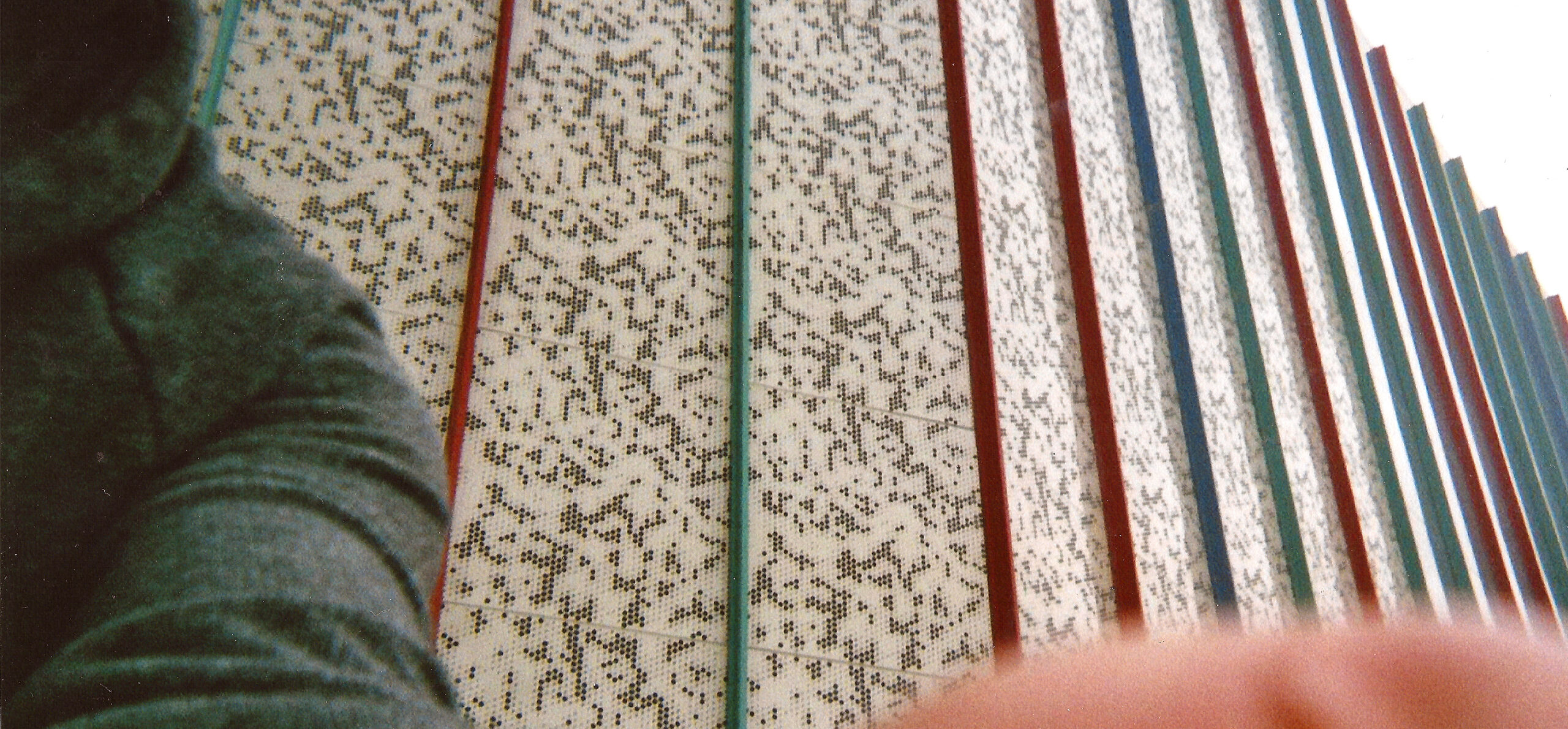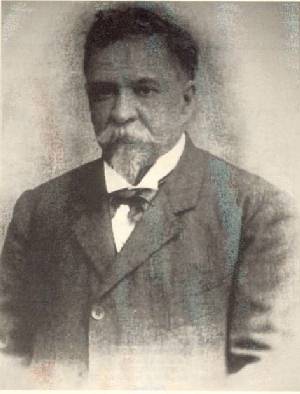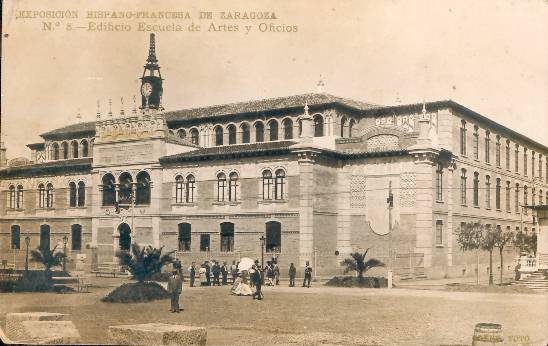The ESDA

The School of Design moved in 2009 to its current location at Avenida de María Zambrano nº 3, on the left bank of the river Ebro.
The new building is the work of the architect Joaquín Sicilia and forms part of an architectural ensemble of three independent volumes that house the School of Art, the School of Design and the Multifunctional Rooms: assembly hall, cafeteria, exhibition hall and terrace.
The spaces of the School of Design are defined on a ground floor plus three floors.
The first of these houses in the hall the reception areas, the caretaker's office, the management offices, the head of studies and the secretary's office, two specific workshops, a photography studio and a laboratory.
The theoretical and theoretical-practical classrooms are distributed over three floors as well as the departmental offices, the Erasmus office, the cultural activities office, the students' room, the storage rooms and the teachers' room.
The classrooms are equipped with state-of-the-art computer equipment, projectors, and specific equipment for the development of design projects and research work.
The centre also has a specialised library which this year has joined the network of university libraries with specific design material and contains more than 3,000 volumes.
The school has a Wi-Fi network service and fibre optic installations.
History
The Escuela Superior de Diseño de Aragón was founded in 2003, when it administratively split from the Escuela de Arte de Zaragoza. Its roots go back to the last decade of the 19th century, when the School of Applied Arts and Artistic Trades was founded in the midst of the Regenerationism and under the protection of the demographic, economic, cultural renewal and urban beautification of the city promoted by the new industrial bourgeoisie of Zaragoza, a distant fruit of the Arts & Crafts movement, to respond to the social demand for adequate training for the artistic trades and thus raise the cultural level and promote the development of Spanish industry.
The School was solemnly inaugurated on 17 October 1895, in the presence of the Minister of Public Works, with an inaugural speech by the Rector of the University of Zaragoza, Hernández Fajarnés, and with the attendance of the highest provincial and municipal authorities.

Source: visual archive of the Art History Department of the Zaragoza School of Art.
In 1908, the School moved into the modernist building built for the Hispano-French exhibition of that year. Located in "la Huerta de Santa Engracia" (the exhibition grounds) together with the current Museum of Fine Arts and the Charity, these were the three buildings that were conceived from the outset to last after the end of the exhibition, each with a specific function that it maintains, except in the case of the School, to this day. At the beginning of the 20th century, the new building provided a worthy venue for the teaching of artistic trades, which until then had been taught in the basements of what is now the Paraninfo of the University of Saragossa.
Félix Navarro, architect and teacher at the school, consulted the teaching staff prior to the construction of the building to determine the real needs to be met. And so a school was built with a modern concept of teaching, with spacious, well-lit and ventilated classrooms and cloisters.

Source: MORÓN BUENO, Ramón: "Félix Burriel".
In Pasarela Artes Plásticas, Zaragoza, n.º 8, Nov. 1997.
One year later, in 1909, it was unified with the School of Industrial Arts, becoming known as the "Escuela Superior Industrial y de Artes y Oficios", being at that time a single centre with two academic sections: Scientific-Industrial and Artistic-Industrial. The two sections were separated again in 1924.
Throughout its more than one hundred years of existence, the teaching staff has included some of the most important painters, sculptors and architects, historians and art critics of Zaragoza, as well as renowned figures in all disciplines related to the world of art who have had a great impact, both professionally and as teachers in our city.
In 2009 the Centre moved to its current location in a modern building constructed by the architect Joaquín Sicilia, located at María Zambrano nº 3 in Zaragoza, thus closing the process of splitting off from the School of Art, which is located in the adjoining building and with which it shares some services.

Source: visual archive of the Art History Department of the Zaragoza School of Art.
Philosophy
Design is capable of constructing extraordinary experiences in the relationship between people and their environment. From the different fields of work - spaces, objects and communication - basic principles are needed to govern these disciplines and which, worked from a critical and humanistic perspective, provide a response to the challenges of contemporary society.
Thinking strategies, formal logic, sustainability and respect in the use of media and materials should be promoted through observation and commitment to the socio-cultural environment of the moment, adapting new creations to current situations, so that the relationships between users and designed objects acquire an emotional, sensitive, functional and physical value.
The Aragon School of Design promotes design as a tool for social commitment and interaction, based on the dissemination and development of the languages of design instrumented through innovation projects.
The teaching commitment is in line with the models of European schools within the European Higher Education Area. The organisation and management formulas are based on reflection on common problems, promoting solutions through the development of interactive methodologies where the educational community becomes part of a collective project with the sole purpose of training qualified professionals through quality teaching.
Location

ESDA
Aragon School of Design
Zaragoza 50018
Telephone 976 237545
Fax: 976 215629
administracion@esda.es
SCHEDULE
The Centre will be closed from 1 to 25 August.
ESDA in networks
How to get there
The Escuela Superior de Diseño de Aragón is a 5-minute walk from Plaza del Pilar across the river on the Puente de Santiago bridge.
City bus
(50, 42, 23, Ci1)
Tramway connections: 29, 43, 53, 38, 33
Tramway
Line 1
Taxi Service
976 424242 – 976 383838 – 976 757575
Can we help you?
MANAGEMENT TEAM
dirección@esda.es
secretaria@esda.es
jefatura_estudios@esda.es
jefatura_adjunta@esda.es
jefatura_relaciones@esda.es
We solve your doubts
secretaria@esda.es or fill in the form below: